
Over half of Africa’s citizens, totaling around 615 million individuals, have limited access to necessary healthcare services, according to a recent report presented at the Africa Health Agenda International Conference (AHAIC). [1] The whole African region is in shortage of medical resources, including equipment. Spending on healthcare in sub-Saharan Africa is only 5 percent of GDP whic觉咱h is roughly about half of the global average. [2] Kenya with spending of 5.7% of GDP on health care, although it is no doubt low by global standards, is still higher than that of some neighboring countries like Sudan and Ethiopia. [3]
Acknowledging this health resource gap within the continent, and with decades of experience in plowing in the region, EDAN established its first office in Africa in 2022. “We always talk about the ideas that ‘health should know no boundaries’. And building a local office in Kenya as the operation h盏富ub in Africa is just a small step for us to take this idea to life.” Says Martin Chen, the Managing Director of Edan Medical (Kenya) Limited. “Timely response is important for both devices prepared and technical support.”
Addressing Device Maintenance Challenges:
Be There, and Be Prepared
Maintaining medical devices is a complex challenge in Africa, where resources and expertise are often stretched thin. The World Health Organization statics showed around 50-80% of medical equipment in developing countries isn’t working. The figure given by field service engineer of EDAN Kenya Wilbert Moseti is roughly the same or slightly better. For Wilbert alone, annually around a hundred onsite visiting and a薯土nother hundred online supports has been performed for the past 狞埃year, which is hard to promptly respond during the period that the local office wasn’t been established.
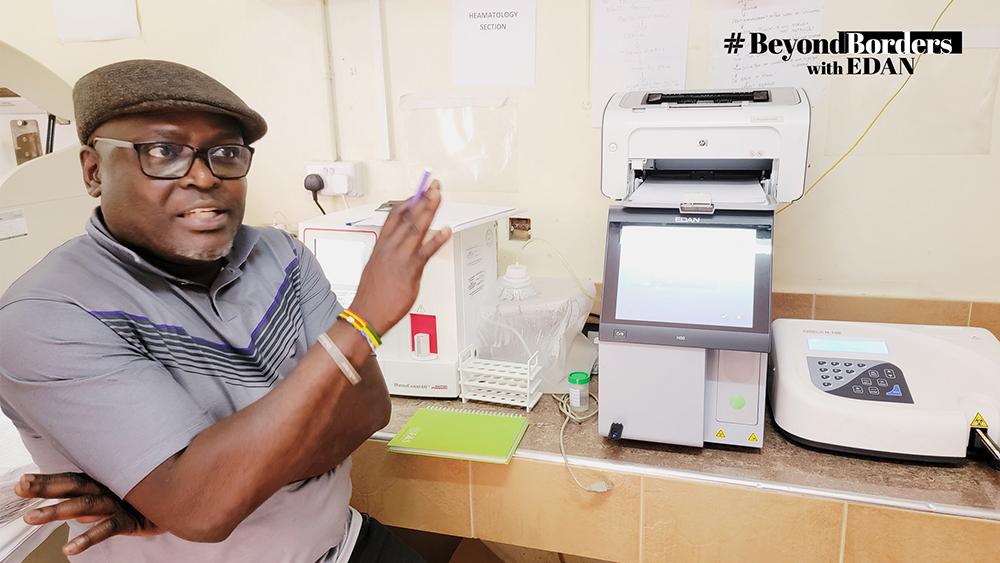
The timely response does not only require manpower but also the devices, accessories, and all the other things that may vary due to logistic or manufacturing factors. With a local office in the region and has its own warehouse, EDAN Kenya is expected to accommodate the needs f冶媚or good service倚务s and timely response to the local market.
One main project since the office was established is the Kenyatta University Teaching, Referral & Research Hospital (KUTRRH). The hospital stands as a leading Public National Referral Hospita彼获l (Level 6) with a remarkable 650-bed facility, adorned with state-of-the-art medical equipment. KU’s mission echoes EDAN’s dedication to patient-centered care and evidence-based healthcare.
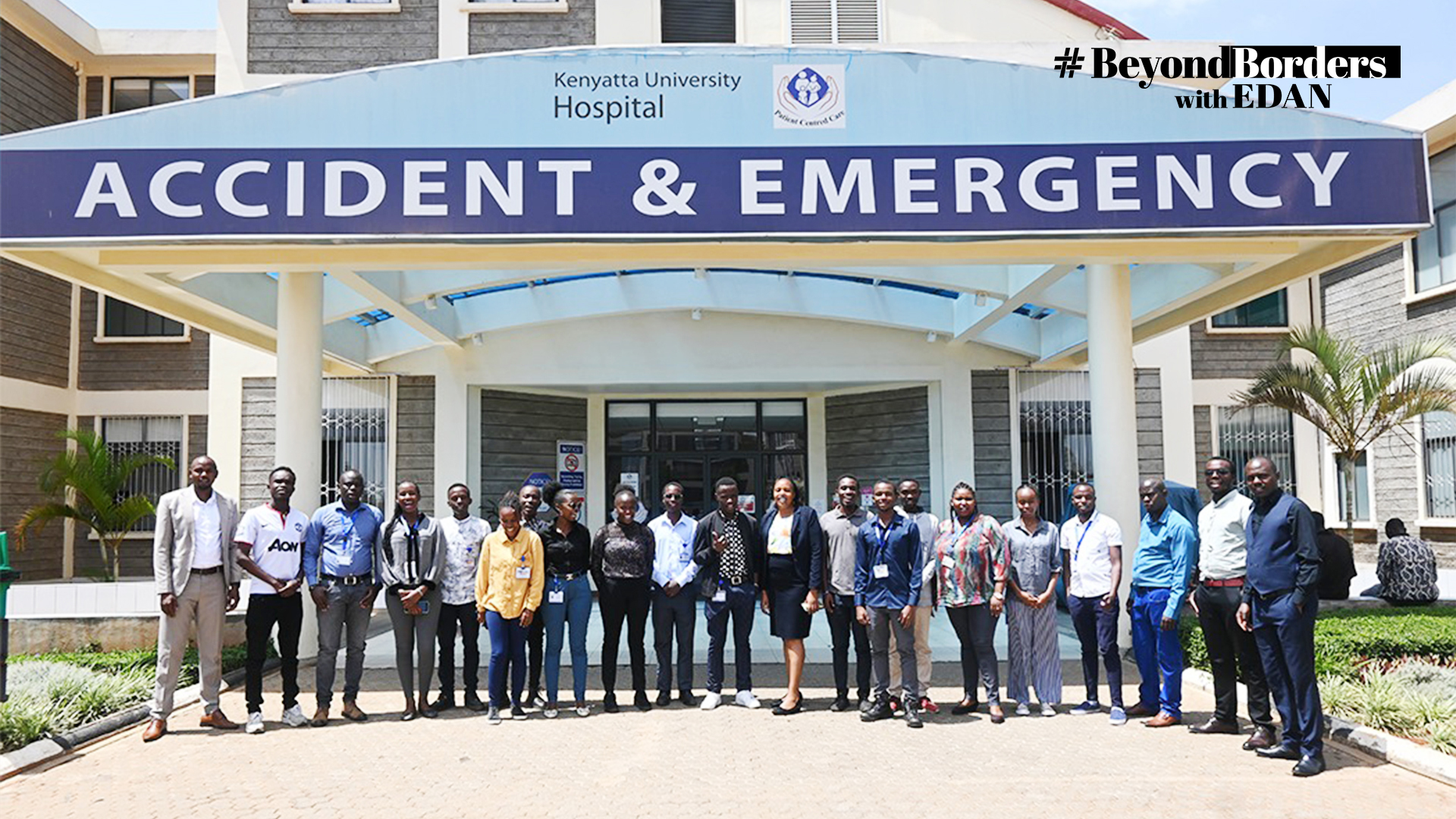
For hospitals to smoothly use the devices on their daily bases, several training sessions have been conducted for all caregivers involved in the hospital, empowering them to operate our devices effectively. The training sessions are not only limited to the newly acquired devices but also to those has been installed in the hospital for a long period. The move is to ensure that all caregivers are well-trained and competent in using the medical devices, relieving them from unne氯超cessary work when providing treatment.
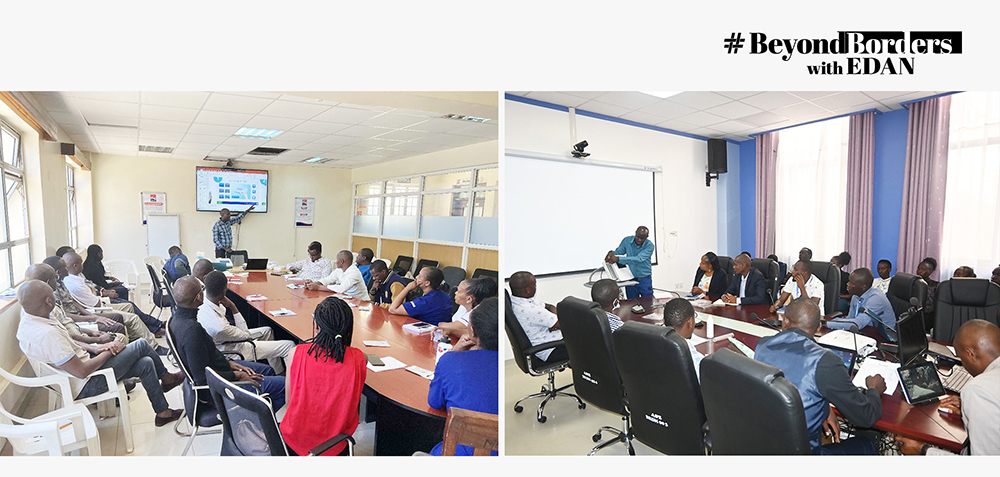
But our commitment doesn'订框t end there. In the ever-evolving world of healthcare, time is of the essence. Our local presence in Kenya allows us to provide timely service support whenever KUTRRH faces device challenges. Our service team's rapid response ensures that patient care is not compromised, underscoring our dedication to their mission of enhancing the health and well-being of Kenyans and global citizens.
In a stride towards self-sufficiency, EDAN also brought Eng. Anthony Chuani, HOD biomedical engineers from KUTRRH to their headquarters in Shenzhen, China. The comprehensive service training aims to empower them with the knowledge t膨幕o diagnose and rectify device issues independently.
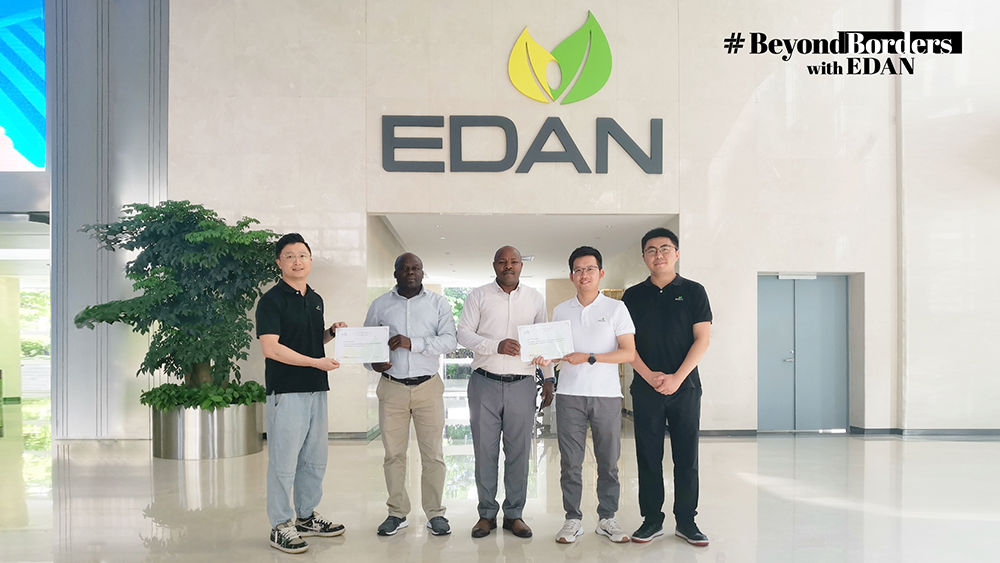
Empowering through POCUS Expertise:
Fostering Knowledge Exchange in Advancing Critical Care
Other than medical equipment and adequate technical support, academics and trainings are also the resources hard to get for most caregivers. Point-of-care ultrasound (POCUS) has been seen as a key skill for emergency care practitioners in Africa. It holds distinct promise within low-income countries, where even minimally trained healthcare providers can conduct valuable scans. But, access b实佩arriers to point-of-care 恤批ultrasound training and equipment are still relevant in Africa. Many users of point-of-care ultrasound in Africa have not been formally credentialed.
To tackle this barrier and build awareness among caregivers in Kenya, ED握侧AN Kenya collaborate with Aga Khan University Hospitals to hold a Critical Care POCUS Symposium focusing on the basic ultrasound clinical knowledge in abdominal, cardiac, vascular, lung/pleural, and providing hands-on practice for caregivers.
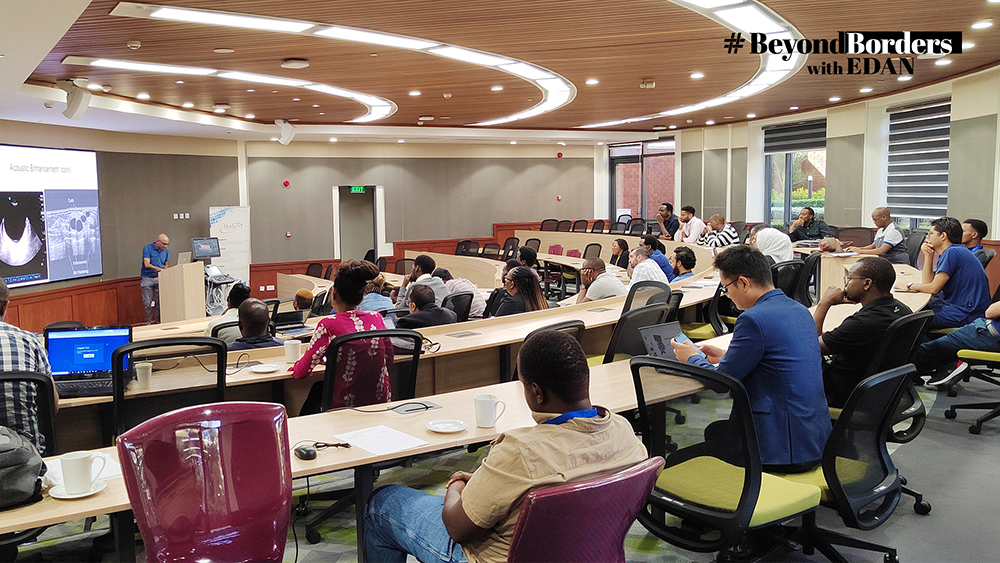
The symposia provide a platform where healthcare professionals converge to share insights, embrace best practices, and expand their horizons. By foster泼患ing a culture of collaboration, EDAN contributes to collective expertise that enriches patient care across Kenya and beyond.
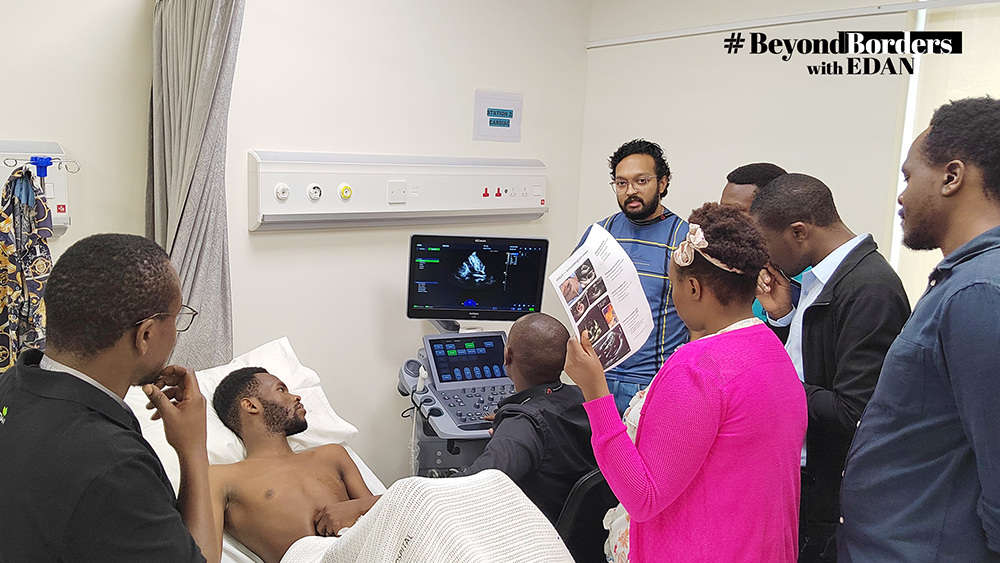
The symposia EDAN hosted in collaboration with Aga Khan University Hospitals serve as a cornerstone of knowledge exchange. Dr. Ali Chandani, a distinguished lecturer at Aga Khan University Hospitals who has always been an advocate for healthcare advancement, expressed the significance of these symposia: "The symposium is not just an event;蜒谤 it'尼仍s a convergence of minds, a platform where professionals unite to share insights that ripple through our healthcare landscape. The unwavering commitment from companies like EDAN fostering these gatherings demonstrates their dedication to uplifting healthcare practices beyond borders."
“What we do, our efforts in Kenya, reverberate far beyond the confines of a single institution. The symposia, device installations, and training initiatives spark local engagement and enthusiasm among healthcare professionals.” Martin Commented, “We hope to grow with the community. This local impact extends regionally, potentially influencing healthcare practices throughout Africa. It'慨仿喝提s through these collective efforts that the #BeyondBorderswithEDAN campaign truly thrives.”
Reference
[1] Africa Health Agenda International Conference. (Year). Executive Summary: The State of Universal Health Coverage in Africa. Retrieved Month Day, Year, from
[2] World Bank. (n.d.). Indicator: Current health expenditure (% of GDP). Retrieved August 17, 2023, from
[3] World Health Organization. (n.d.). Global Health Expenditure Atlas - Health Financing. Retrieved August 17, 2023, from




